Functional Genomics Lab
We develop and improve functional genomics (RNAi and CRISPR/Cas9) screening approaches to better understand gene function and identify biologically relevant targets.
Contact
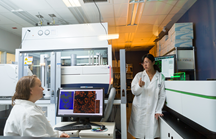
About the Lab
The Functional Genomics Lab, previously known as the Trans-NIH RNAi Facility (TNRF) and administered by staff in the Division of Preclinical Innovation, is designed to help NIH investigators use the latest functional genomics technology to advance drug discovery and scientific knowledge about health and disease. The Functional Genomics Lab includes a robotic platform with integrated, automated devices for conducting all aspects of screening assays, including manipulating chemicals and cells, reading the results and imaging the cells. Offline (non-robotic) devices can perform smaller-scale work, from assay optimization through medium-scale screening.
The team offers diverse scientific and technical expertise and is heavily invested in exploring these emerging technologies, in terms of both their utility and their pitfalls, similar to what has been achieved with RNA interference (RNAi), to develop and offer a menu of screening platforms. Complementary use of small interfering RNA (siRNA), CRISPR and short hairpin RNA (shRNA) will ensure that all three technologies remain critical to the success of future functional genomics projects. Our Functional Genomics Lab staff work closely with collaborating intramural NIH investigators throughout the planning and execution of each research project. Our Functional Genomics Lab experts offer advice and assistance on assay development, screening, data analysis and follow-up, and they typically serve as co-authors for published results. In addition to collaborations, the Functional Genomics Lab staff works to develop methods that advance the science of RNAi screening and informatics and pursue new technologies for exploring gene function.
About the Technology
siRNA and shRNA molecules are pieces of RNA that block the activity of genes through a natural process called RNAi. This process has emerged as a powerful tool used in thousands of labs worldwide to understand gene function. Because each RNA molecule can block a different gene, RNAi can tell scientists about the role of any gene in maintaining health or causing disease.
In tests called genome-wide and targeted RNAi screens, scientists use robots to introduce siRNAs and shRNAs into human cells to block the activity of genes. Scientists can use these techniques to understand how genes affect drugs’ effectiveness and how they affect disease processes.
Another technology available through the Functional Genomics Lab is CRISPR/Cas9, or clustered regularly interspaced short palindromic repeats/CRISPR-associated protein 9. This technique enables researchers to make precise edits to a genome, removing, adding, activating or repressing genes based on desired outcome. This could involve correcting a problem caused by a faulty gene by replacing it with a properly functioning version.
Program Goals
The goals of the Functional Genomics Lab are to:
- Collaborate with NIH investigators to perform genome-wide and targeted RNAi and CRISPR screening projects (assay development, screening and validation) to:
- Understand fundamental biological mechanisms
- Accelerate target discovery for therapeutic development
- Develop methods that advance the science of functional genomics screening and informatics
- Perform education and outreach to increase awareness of TNRF tools and methods
- Pursue new and complementary technologies for exploring gene function
Thus far, CRISPR screens have been performed primarily within an individual laboratory setting, where expertise exists — for example, when employing a pooled library approach with a simple phenotype such as cell survival. However, there is an increasing need for NIH intramural research program (IRP) investigators to access robust, reproducible and flexible CRISPR/Cas9-based high-throughput screening (HTS) workflows that are compatible with the assessment of more complex phenotypic assays.
Technical challenges associated with the development and implementation of these more complex screens are a barrier for most individual laboratories. Investment in CRISPR/Cas9-based screening platforms within the Functional Genomics Lab will enable the NIH IRP community to access state-of-the-art functional genomic resources beyond RNAi.
Operational Model
NIH investigators are eligible to collaborate with the Functional Genomics Lab staff at NCATS and access screening resources. Genome-wide siRNA screens for humans and mice are available. Also routinely included in screens are microRNA mimic and inhibitor libraries.
Overview of RNAi
RNAi is an important pathway that is used in many different organisms to control the expression of different genes. This animation introduces the principles of RNAi, which involves siRNAs and miRNAs.
Work With Us
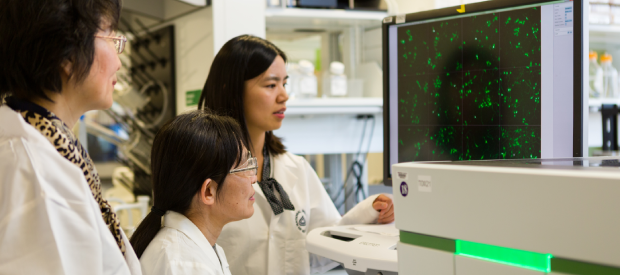
NIH investigators interested in collaborating with the Functional Genomics Lab should contact Ken Cheng, Ph.D., to get started.
Related Research
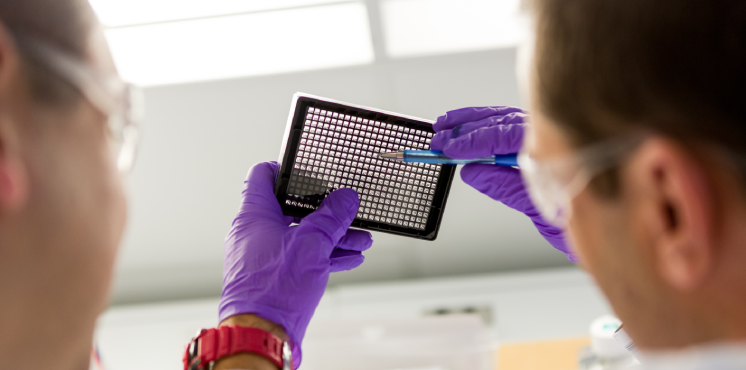
Assay Guidance Manual
We offer online resources and workshops to help others develop robust and effective early-stage drug discovery assays.
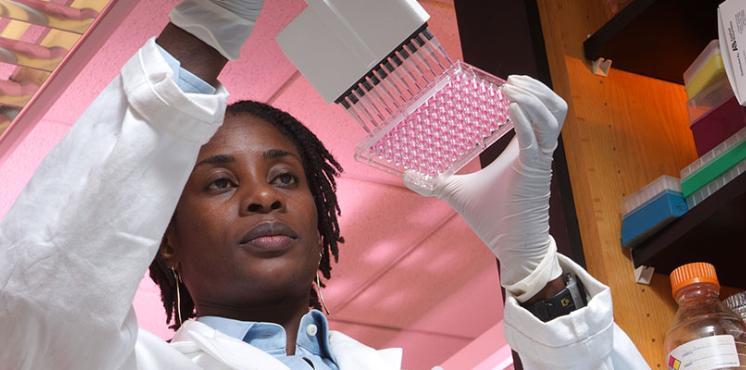
Informatics
This NCATS team plays a key role in organizing, processing, analyzing and interpreting the huge amount of data generated by translational research.
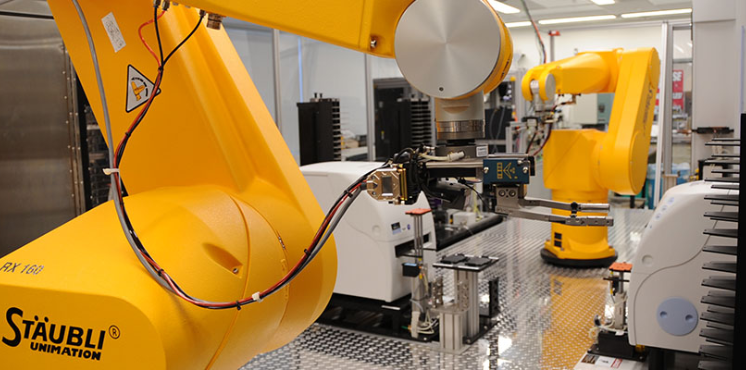
Automation
Our automation experts work closely with our scientists to support various research activities, including high-throughput screening and assay development and optimization.


